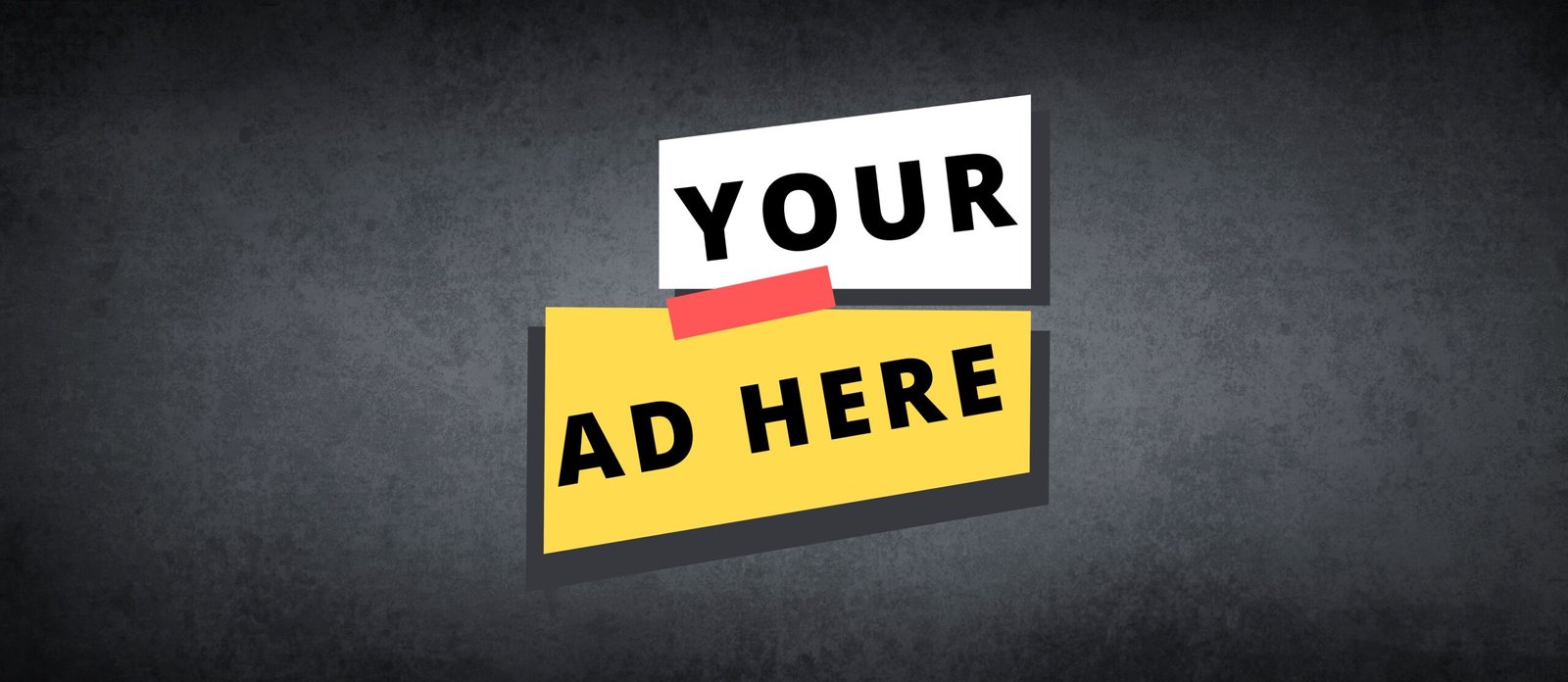For many artists, pricing artwork feels like walking a tightrope. Set your prices too high, and you risk scaring off potential buyers; set them too low, and you undervalue your skills, time, and creativity. It’s a dilemma that can leave even the most confident creators second-guessing themselves. But pricing your artwork doesn’t have to be a mystery. With a clear strategy that honors your time and talent, you can find a sweet spot that feels fair to you and appealing to your audience. Here’s how to do it.
Step 1: Calculate Your Costs
Before you even think about profit or market trends, start with the basics: what does it cost you to make your art? This includes tangible expenses like materials—canvas, paint, brushes, clay, or digital software subscriptions—as well as less obvious costs like studio rent, utilities, or shipping supplies if you sell online. Don’t forget to factor in framing or presentation costs if that’s part of your process.
- Action Step: Keep a running list of expenses for each piece or series. For example, if a painting uses $20 in paint and a $15 canvas, your base cost is $35. This is your starting point—no piece should sell for less than what it costs to create.
Step 2: Value Your Time
Your time is one of your most precious resources, yet it’s often the hardest to quantify. Are you spending five hours on a small drawing or 50 hours on a large sculpture? Decide on an hourly rate that reflects your skill level and experience. For new artists, $15-$25 per hour is a reasonable starting point, while more established creators might charge $50 or more.
- Example: A painting takes 10 hours at $20/hour. That’s $200 in labor. Add your $35 material cost, and you’re at $235 before profit.
- Tip: Track your time for a few projects to get a realistic average. Apps like Toggl or a simple notebook work great for this.
Step 3: Consider Your Skill and Experience
Your training, expertise, and unique style add value to your work. Did you study art formally? Have you developed a signature technique over years of practice? These intangibles matter. A self-taught artist with a fresh perspective and a master’s graduate with technical precision both bring something special to the table—don’t undersell it.
- Mindset Shift: Think of your price as a reflection of your journey, not just the final product. Buyers aren’t just paying for a painting; they’re investing in your vision.
- Adjustment: If you’re early in your career, you might start modestly, but plan to raise prices as your skills and reputation grow.
Step 4: Research the Market
Pricing doesn’t happen in a vacuum. Look at what similar artists are charging—those working in the same medium, style, and career stage as you. Check online platforms like Etsy, Saatchi Art, or Instagram, and visit local galleries or art fairs. Note the size, quality, and price range of comparable works.
- Tip: If a peer sells 16×20-inch oil paintings for $300-$500, use that as a benchmark, adjusting for your costs and experience.
- Pitfall to Avoid: Don’t mimic prices exactly—your work is unique—but use the data to ensure you’re in the ballpark.
Step 5: Use a Pricing Formula (If It Helps)
For consistency, many artists rely on a simple formula, like charging per square inch. Measure your artwork (height x width), then multiply by a rate that suits your market—say, $2-$5 per square inch for beginners, or $10+ for established artists. Add your material costs on top.
- Example: A 20×24-inch painting (480 square inches) at $3 per square inch = $1,440, plus $35 materials = $1,475 total.
- Flexibility: Adjust the rate based on complexity or time invested. A quick sketch might be $1 per square inch, while a detailed piece could be $4.
Step 6: Factor in Your Audience and Goals
Who’s buying your art? If you’re targeting budget-conscious collectors or students, lower prices might make sense early on. If you’re aiming for galleries or high-end buyers, your prices should reflect that exclusivity. Also, consider your goals: Are you building a name (lower prices to sell more) or establishing a premium brand (higher prices for perceived value)?
- Tip: Test the waters with a range—offer smaller, affordable works alongside pricier statement pieces to appeal to different buyers.
- Pro Move: Include a small profit margin (10-20%) to reinvest in your practice, like new supplies or marketing.
Step 7: Be Transparent and Confident
When someone asks about your price, don’t apologize or waver. State it clearly and explain it if needed: “This piece is $400, reflecting the materials and 15 hours of work I put into it.” Confidence signals value. If you offer prints or smaller works at lower price points, mention those as options without undermining your originals.
- Tip: Write a short pricing guide for yourself to reference during sales talks—it keeps you consistent and calm.
- Mindset: Buyers who balk at your price might not be your audience. The right collector will see the worth.
Step 8: Adjust as You Grow
Your prices aren’t set in stone. As you gain experience, sell more work, or exhibit in galleries, increase your rates gradually—10-20% per year is a common approach. Notify existing buyers of the change (e.g., via email or social media) to maintain trust and encourage early purchases.
- Example: If a $300 piece sells well, bump it to $350 next year, assuming demand holds.
- Sign of Success: When pieces sell quickly, it’s a hint your prices might be too low—don’t be afraid to nudge them up.
Common Pitfalls to Avoid
- Undervaluing Yourself: Pricing too low to “be nice” can devalue your work and the market for other artists.
- Inconsistency: Charging wildly different rates for similar pieces confuses buyers. Stick to a system.
- Ignoring Overhead: Forgetting costs like website fees, gas to events, or booth rentals eats into your profit.
Final Thoughts
Pricing your artwork is both an art and a science. It’s about balancing hard numbers—costs and time—with the softer stuff, like your creative worth and market fit. Start with a method that feels manageable, whether it’s hourly rates or square-inch pricing, and refine it as you learn what works. The goal isn’t just to sell; it’s to build a sustainable practice where your talent is respected and rewarded. You’ve poured your heart into your art—let your prices reflect that.




















